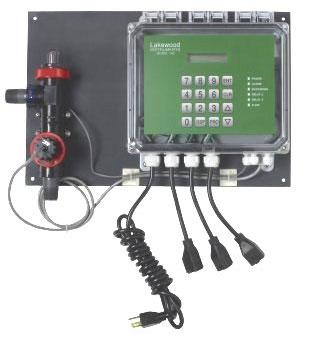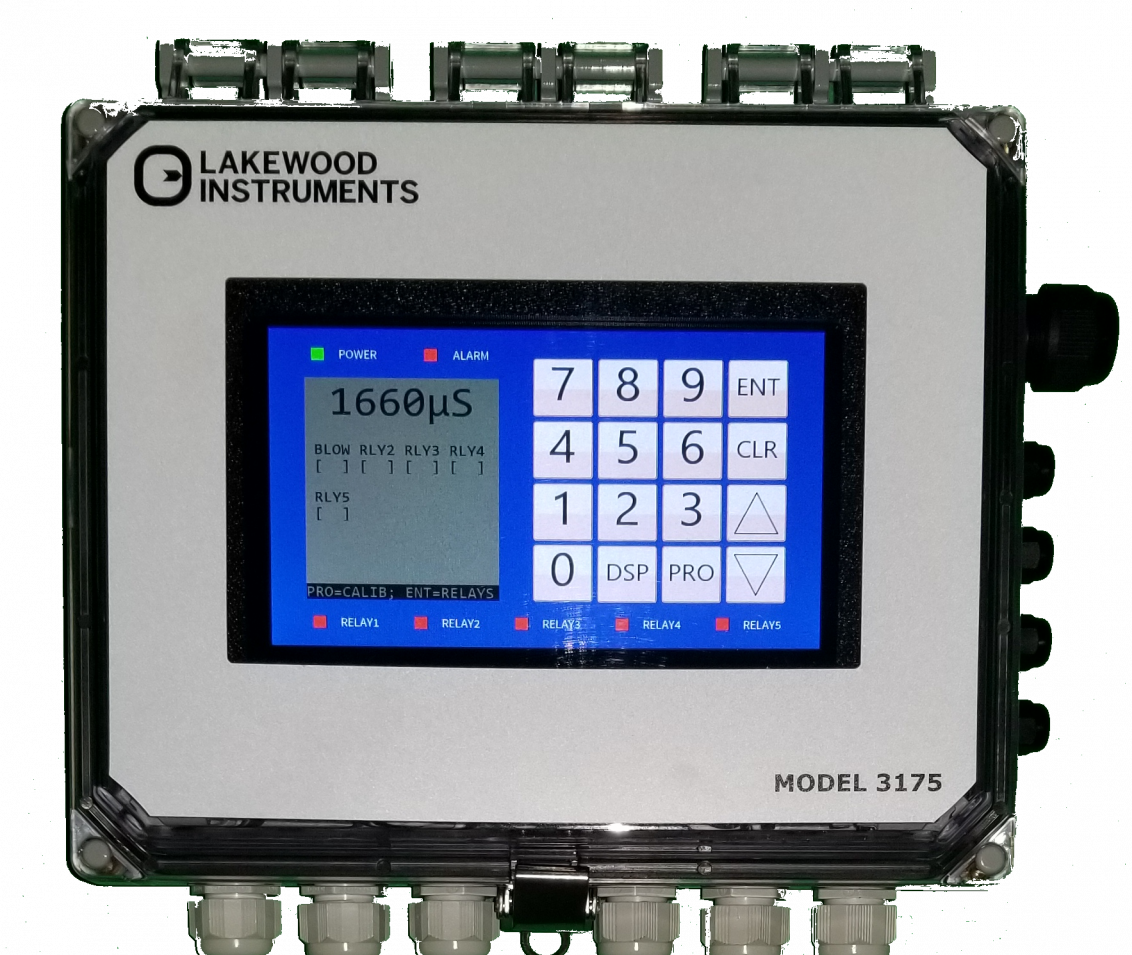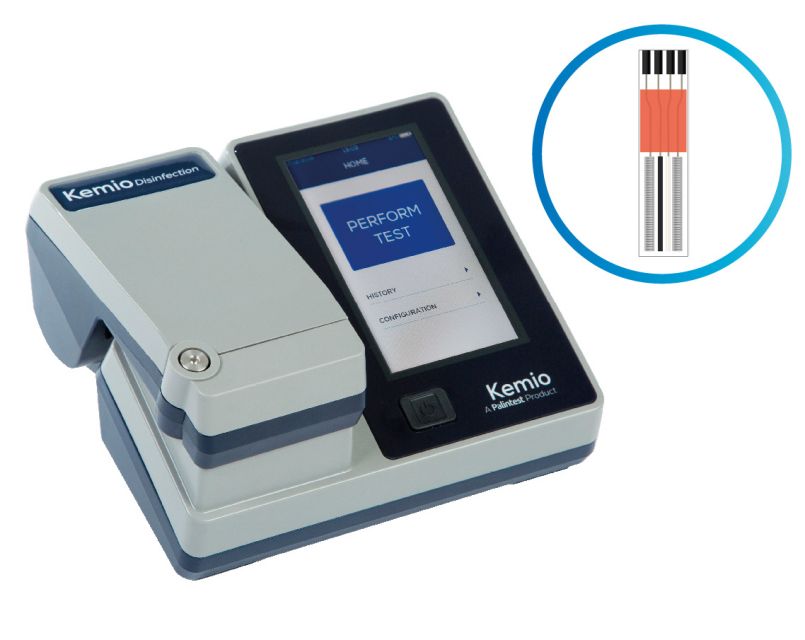The Role of Organophosphates in Cooling Water Treatment
October 10, 2017 0 Comments

Cooling Water is used in large industries to remove unwanted process heat with the help of heat exchangers, condensers. Due to the continuous contact of water with the metallic surface corrosion, scale, deposition & fouling of the heat transfer surfaces occur. These cause equipment damage and operating losses and sometimes result in costly shutdown of the plant. Addition of chemical inhibitors in controlling these problems.
Chromate based inhibitors along with polyphosphates, have been in use for long and they have been reasonably effective against both corrosion and scaling. But they have their own limitation. Polyphosphates are hydrolyzed to orthophosphate at higher operating temperature of the cooling water circuit, which lead to orthophosphate scale. Orthophosphate formed is also a nutrient for bacterial growth chromates are toxic to aquatic life and ecological concern has been the primary reason for the search for new substances.
Among the various substance stadius organophosphates have been found to be the best. Organophosphate based formulations give comparable protection with respect to corrosion, scaling and fouling and they are hydrolytically stable. This stability of organophosphates permits greater flexibility, during operation, as they are stable over a greater range of pH and at higher temperature, thereby retaining their activity for longer periods of time. The control on various parameters is more relaxed and they are non – toxic. Phosphonate are compatible with most other chemicals used in cooling systems like chlorine, non-oxidizing biocides, silt control chemicals etc. slowly organophosphates are finding more acceptance the world over, primarily because of its freedom from environment problem.
Properties of Organophosphonates: Structurally, organophosphates have the carbon atom directly linked to the phosphorus atom. The two most widely used Organophosphonates in cooling systems are:
“Six phosphate based cooling system corrosion inhibitors were studied for their relative corrosion inhibiting capabilities by an accelerated static test. The static test was standardized by controlling pH and temperature and using an oxidizing accelerator, potassium persulphate. Results indicate that orthophosphate aminotrimethylene phosphonate and hexametaphosphate are the prospective corrosion inhibitors.
Six phosphate based inhibitors selected are Sodium Hexametaphosphate (SHMP), Sodium tripolyphosphate (STPP), tetrasodium pyrophosphate (TSPP), Sodium Orthophosphate (O-PO4), Aminotrimethylene Phosphonate (ATMP) and Hydroxyethylidene diphosphonate (HEDP), these are frequently used in non-chromate based cooling water treatment.
The key properties of Organophosphonates are:
1. Threshold effect and crystal distortion.
2. Hydrolytic Stability.
3. Sequestration characteristics.
4. deflocculation.
5. Chlorine stability
Corrosion Control: Corrosion Control of metallic surface can be obtained by inhibiting the cathodic, the anodic or both these reaction. A combination of Organophosphonates and zinc works synergistically to give very good corrosion protection by interfering with the cathodic reaction. Polyphosphates, when used as corrosion inhibitor, give rise to excessive orthophosphate sludges whereas Organophosphonates with Zinc give good corrosion protection without leading to any sludge formation.
Due to the sequestering ability of Phosphonate, the zinc ions are present in a complexed form limiting the rate of reaction of zinc with hydroxyl ions. Therefore, useful concentration of zinc hydroxide allows the formation of a thin hydroxide film at the surface giving the desired corrosion resistance.
Scale and Fouling Control: Organophosphonates are one of the best deposit control agents presently available. The threshold and crystal distortion property of these compounds interferes with the nucleation of the hardness crystals causing much higher levels of hardness to stay in solution. When scales are formed they are so distorted that they are non-adherent and form very soft sludges. Phosphonate also provide excellent
Control of hydrated ferric oxide deposits which are formed as a result of corrosion. They adsorb on the particle surfaces and reduce the attractive forces between individual iron particles. The sequestering ability of phosphonate enables it to control heavy matter (Fe, Cu & Zn) deposits and this control is far superior to other traditional chelants. Phosphonate also help to disperse suspended particles.
Choice of Phosphonate: From the two most commonly used phosphonate for cooling water treatment HEDP is preferred to ATMP for the following reasons:
-
ATMP is more corrosive to Cu cooling systems involving Cu or Cu alloys, are therefore very sensitive to ATMP. With ATMP one would then have to use Cu corrosion inhibitors like Thiazoles and Trizoles making the treatment more expensive. The corrosivity towards Cu is due to the fact that a very strong complex with Cu is formed, the dissociation constant of the chelate being about 10 –13.
-
HEDP has better stability to chlorine than the Nitrogen containing ATMP. Nitrogen containing compound have a tendency to form chloramines. Though, when complexed with Zinc. ATMP exhibits stability towards chlorine it should be used with caution in chlorinated cooling water systems especially when continuous chlorination is used.
The addition of Zinc to ATMP to a certain extent inhibits the dissolution of copper. In the presence of ATMP, however, the powerful oxidizing potential of chlorine promotes the dissolution of copper, when chlorine is used as a biocide.
The other phosphonate used to a much lesser extent are, ethylene diamine tetramethylene phosphoric acid, hexamethylene diamine tetramethylene phosphoric acid and diethylene triamine pentamethylene phosphoric acid.
Check out the complete article at http://www.altret.com/templates/images/editor/role-of-organo-phosphate-in-cwt.pdf
Also in Blog

Advanced Cooling Tower Management: Enhancing Efficiency with Lakewood Model 140
February 28, 2024 0 Comments

Optimizing Cooling Tower Performance: Understanding Efficiency, Maintenance, and Water Quality Management
February 28, 2024 0 Comments

Revolutionizing Water Analysis: Everything You Need to Know About the Kemio KEM10DIS
April 19, 2023 0 Comments

